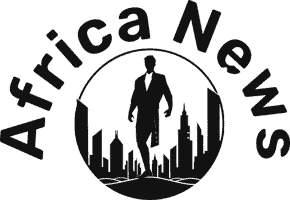A coastal country in West Africa, Senegal is home to 15.9 million people spread over an area of 196,712 km2. It shares borders with The Gambia, Mauritania, Mali, Guinea and Guinea-Bissau. Approximately 53 percent of the population is rural and more than 60 percent of the population is under the age of 25. The Senegalese population is mainly Muslim (96 percent) and is composed of several ethnic groups including the Wolof, the Fula, the Serer, the Mandinka, and the Jola. With a Gross National Income (GNI) per capita of US$950 in 2017 (according to the World Bank Atlas method), Senegal is still categorized as a Low Income Country (LIC) and as a Least Developed Country (LDC).
The economy is driven by services (including tourism), mining, construction, agriculture and fisheries. The country’s key export industries include phosphate mining, fertilizer production, agricultural products and commercial fishing and it is also working on oil exploration projects. Over the past three years, the main trading partners have been France, Mali, India and China. Trade with OIC member states accounted for 30 percent of Senegal’s total merchandise trade in 2016 (47 percent of the country’s exports and 22 percent of its imports).
Senegal’s economy is vulnerable to climate risks and natural disasters including drought, locust invasion, flooding, sea-level rise, coastal erosion, and bush fire (World Bank, 2011).
Source link : https://www.isdb.org/republic-of-senegal
Author :
Publish date : 2024-04-18 06:42:05
Copyright for syndicated content belongs to the linked Source.





